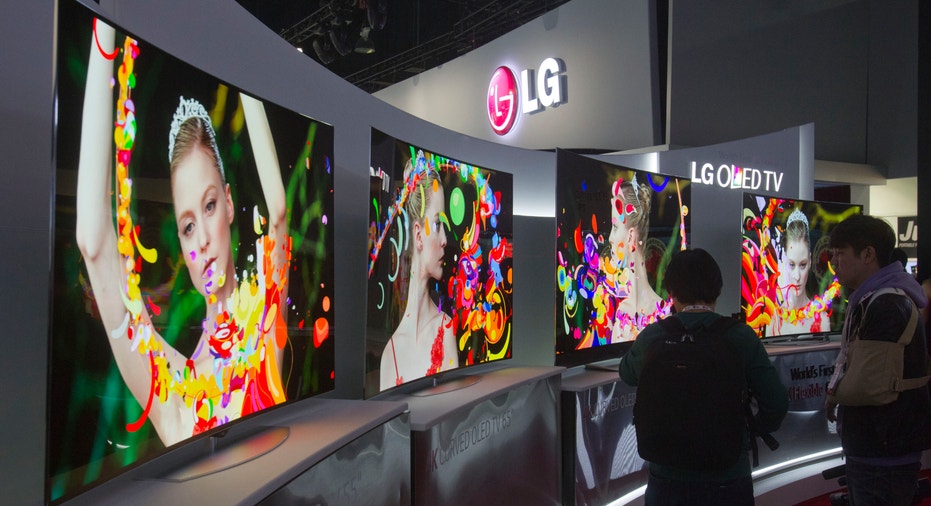CES' Best Gems May Take Years to Materialize

Curved televisions and 3D printers aside, a majority of the new super-tech products being unveiled at Las Vegas’ Consumer Electronics Show this week won’t hit store shelves this year.
The show is a great way to spark a conversation about the future of electronics, but the reality is it may take years for some of the most innovative products, such as driverless cars and intelligent eye contacts, to make it into regular consumers’ hands, if they ever do.
Data gatherer IHS (NYSE:IHS) says that delay may play a part in stymieing the recovery of the consumer electronics market for another few years.
“Until these products enter the mainstream, traditional CE revenue will continue to dwindle,” said Jordan Selburn, senior principal analyst of IHS’s consumer devices division.
The analytics company on Wednesday predicted that the traditional consumer electronics market, which includes digital cameras, televisions and video game consoles, will face its fourth straight annual decline in 2014.
Worldwide consumer electronics manufacturing revenue is forecast to fall 2% to $250 billion this year from $255.7 billion in 2013, according to one of IHS’s industry trackers.
The decline is a testament to the fact that new innovations such as mobile devices are replacing traditional technologies, but also that new tech such as Samsung’s 8K TVs, which have twice the pixels of today’s 4K ultra-high-def televisions, will take some time to reach the market.
“While exciting new technologies such as UHD and wearable devices are being shown at CES, it will take a few years until these products attain enough of a volume to drive the growth of the overall CE market,” Selburn said.
Of course, that shouldn’t diminish the wild success mobile devices have had over the last few years, or the expected surge in 4K TVs, which are still pretty new despite Samsung’s surprise 8K TV unveiling at CES.
The smartphone and tablet market surpassed traditional consumer electronic devices for the first time ever in 2013, with shipments topping 1 billion. And IHS predicts that shipments of ultra-high-def televisions will skyrocket by 500% in 2014 from 1.5 million last year and reach 38.5 million in 2018.
At the same time, Samsung, Sony (NYSE:SNE) and Google (NASDSAQ:GOOG) are among the tech giants trying to revolutionize the wearables market -- another hot topic at CES 2014 -- by connecting souped-up glasses and watches to mobile devices.
While IHS sees global market shipments of wearable devices climbing by 155% to 130.7 million units through 2018, it may take at least another few years until you see droves of consumers talking to their wrists or taking pictures with their eyelids.
Just look at Google, which first confirmed its Google Glass project in April 2012.
The company has released the device to developers and media but has yet to confirm when the highly-anticipated device will be available to regular people, though recent reports have put the potential launch in April 2014.